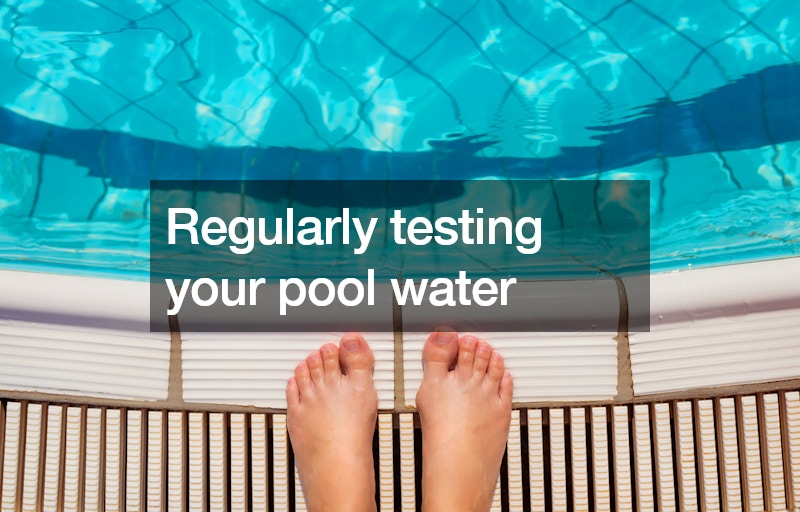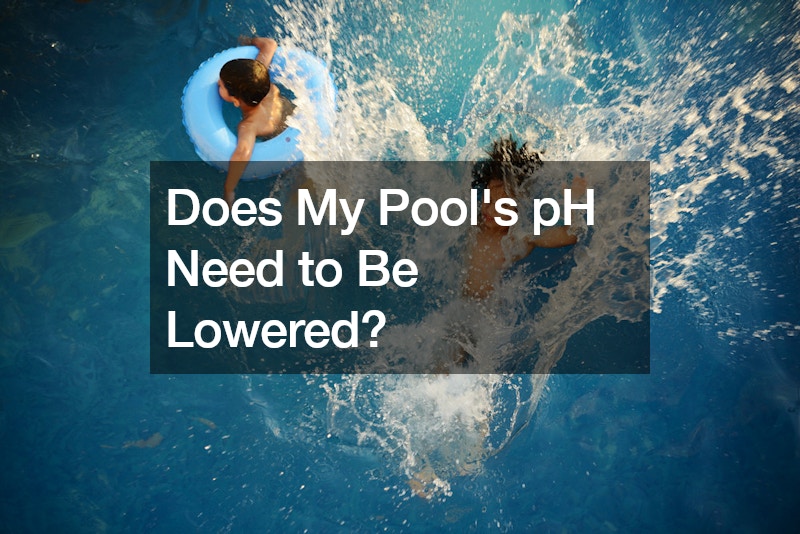
Maintaining the correct pH level in your pool is crucial for ensuring a safe and enjoyable swimming experience. The pH level of your pool water measures its acidity or alkalinity, and it significantly impacts the effectiveness of your pool’s sanitizers, the comfort of swimmers, and the longevity of pool equipment. When does lowering pH in pool become necessary?
The ideal pH range for pool water is between 7.2 and 7.8. If your pool’s pH level exceeds 7.8, the water becomes too alkaline.
High pH levels can lead to several issues. Firstly, it reduces the effectiveness of chlorine, which is essential for killing bacteria and keeping the pool water clean. When chlorine isn’t working efficiently, you may notice cloudy water and a higher presence of algae and bacteria, which can cause skin and eye irritation for swimmers.
Moreover, high pH levels can cause scaling on the pool surfaces and equipment. This scaling can clog filters and damage heaters, pumps, and other pool components, leading to costly repairs. Additionally, alkaline water can leave a residue on the pool tiles and surfaces, making the pool harder to clean and maintain.

Lowering pH in pool involves adding a pH reducer, such as muriatic acid or sodium bisulfate. It’s essential to follow the manufacturer’s instructions and wear appropriate protective gear when handling these chemicals. Regularly testing your pool water with a reliable test kit will help you keep track of the pH levels and adjust them as needed.
To prevent high pH levels, ensure your pool is properly balanced with the right amount of chemicals and regularly cleaned. Avoid adding excessive amounts of alkaline substances like baking soda, which can raise the pH.





